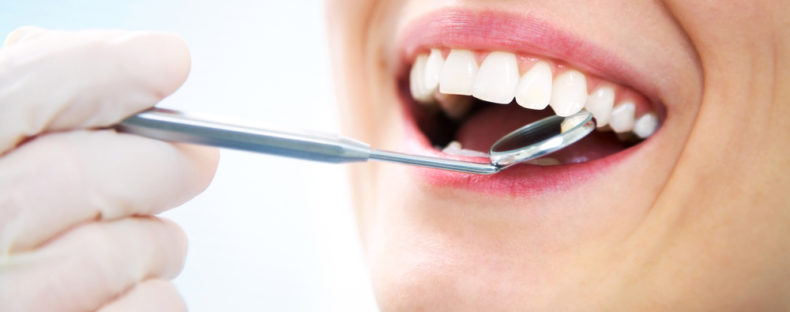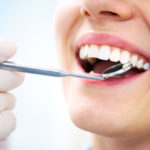Inlays and Onlays

What is Inlay and Onlay in Dentistry?
Inlays and onlays, also called indirect fillings, are made from gold, porcelain, or composite materials and fill decayed or damaged teeth. The filling is called an “inlay” when the material is bonded within the center of a tooth; it is called an “onlay” when the filling includes one or more points of the tooth or covers the biting surface.
Inlays are molded and fitted into the chewing surface of a tooth that has been damaged through decay or injury. They are created using an imprint of the affected areas that are sent to a lab for manufacturing. An inlay will fit perfectly into the hollow of the tooth, but they do not affect the cusps. When the dentist takes the impression, they also attempt to best match the color of the tooth as closely as possible. This way when they are placed in the mouth they are not noticeable. The material used for an inlay can be either porcelain or a composite material that is stronger and more durable than traditional fillings. This makes inlays generally more expensive, but also longer lasting. A dentist chooses this option when a filling will not properly strengthen the surrounding tooth and the cavity requires stronger materials to fortify the tooth.
Onlays are used for decay and damage to the cusps of a tooth as well as the biting surface. A dentist will choose an onlay when a cavity is too big to fill with standard amalgam fillings, or that the tooth could crack due to weakness. An onlay will shore up the strength of the tooth along with protecting the decaying area. Unlike an inlay, this area can include the cusps as well as the space in between. The dentist prepares the tooth in a similar fashion to a filling, by drilling out the cavity and cleaning up the area after placing a numbing anesthetic in the mouth. A temporary onlay is then placed over cavity, and the impression is sent for a permanent onlay to be manufactured. It is then placed in the mouth when it arrives. With an onlay, the tooth structure is preserved, whereas with a crown some filing and even removal of cusps may be necessary. They are also made of porcelain or a composite material. Onlays are also called “partial crowns” because they serve a similar function but they only cover a portion of the tooth, as opposed to the entire thing.
How Long Do Inlays and Onlays Last?
One of the main benefits of inlays and onlays is how durable and long-lasting they can be. You can expect an inlay to last anywhere between 5 and 30 years.
Are Inlays and Onlays Covered by Insurance?
Inlays and onlays are covered by many insurance providers. The reason is because they are not strictly cosmetic. They are used to keep the tooth strong while conserving tooth structure as much as possible. Check with your insurance provider to see if you are covered.
Please contact our office today to learn more or schedule an appointment.
Schedule an Appointment
Contact Us
- 315 MAIN ST, SUITE 101, READING, MA 01867
- 781-944-4450
- info@primafamilydental.com
Office Hours
- Monday: 10:00 - 19:00
- Tuesday: 09:00 - 18:00
- Wednesday: 09:00 - 18:00
- Thursday: 09:00 - 18:00
- Friday: 09:00 - 16:00
- Saturday, Sunday: Closed



